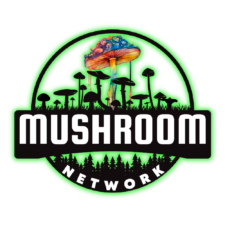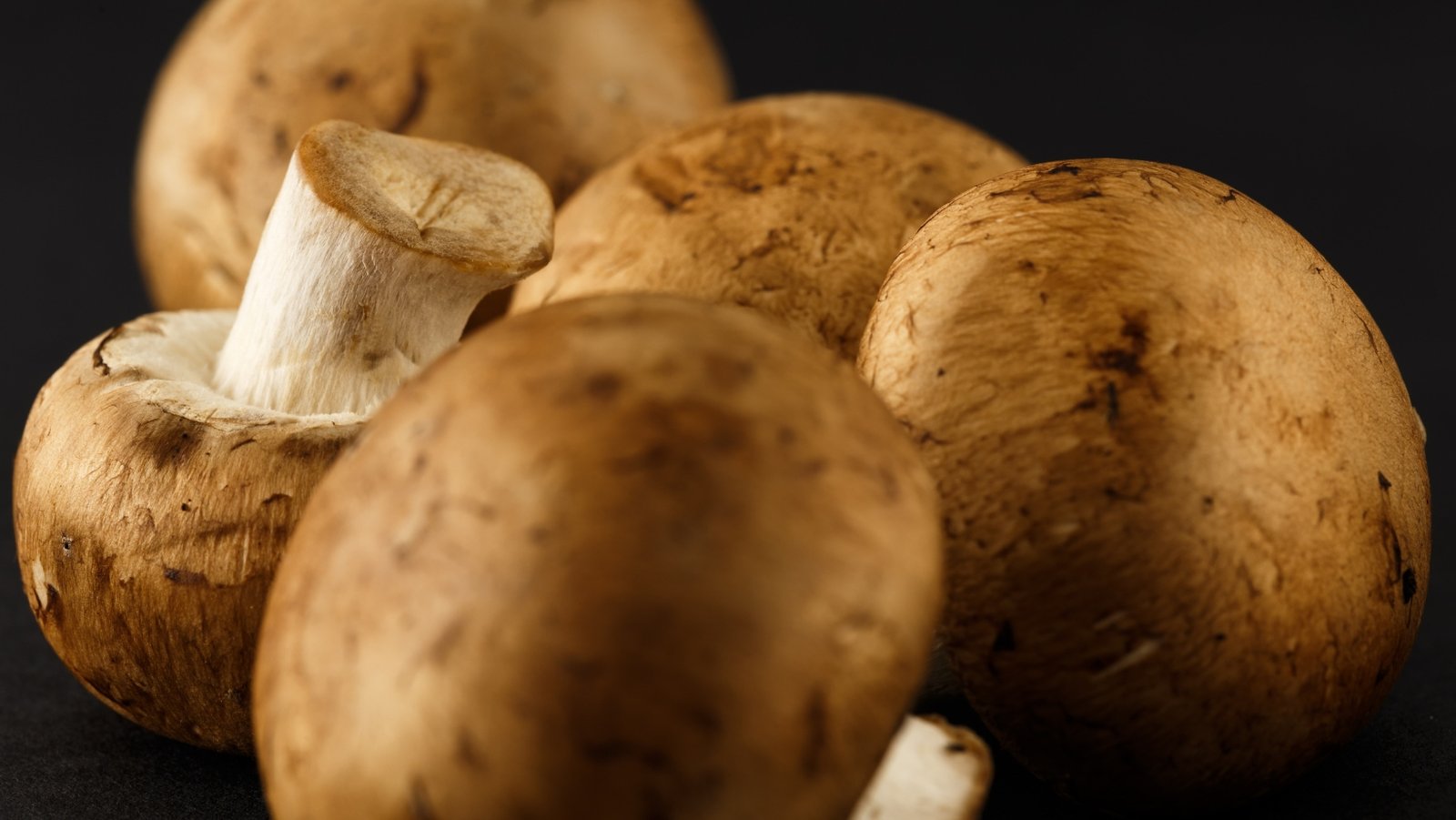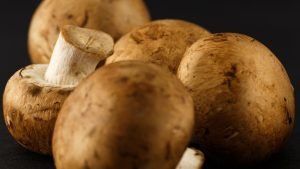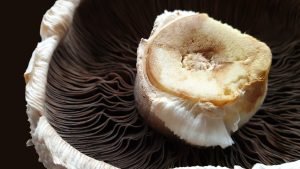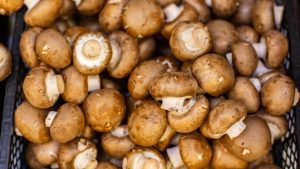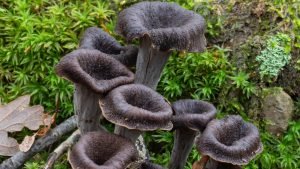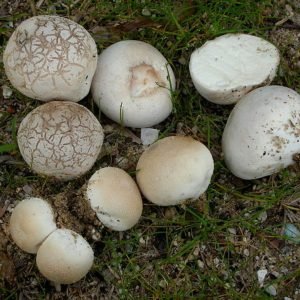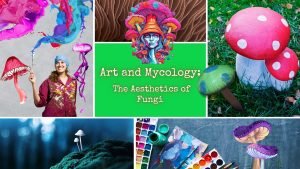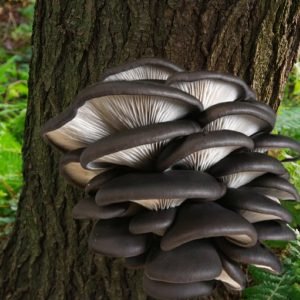SCIENTIFIC NAME:
(Agaricus Subrufescens)
COMMON NAME(S):
Almond Mushroom | Princess Mushroom | Almond Agaricus | Mushroom of Life | Almond-scented Agaricus | Almond Portobello | Brazilian Mushroom | Agaricus Blazei | Royal Sun Agaricus | Himematsutake | AbM | Cogumelo do Sol | Cogumelo de Deus | Cogumelo de Vida
I-NAME:
ALMD
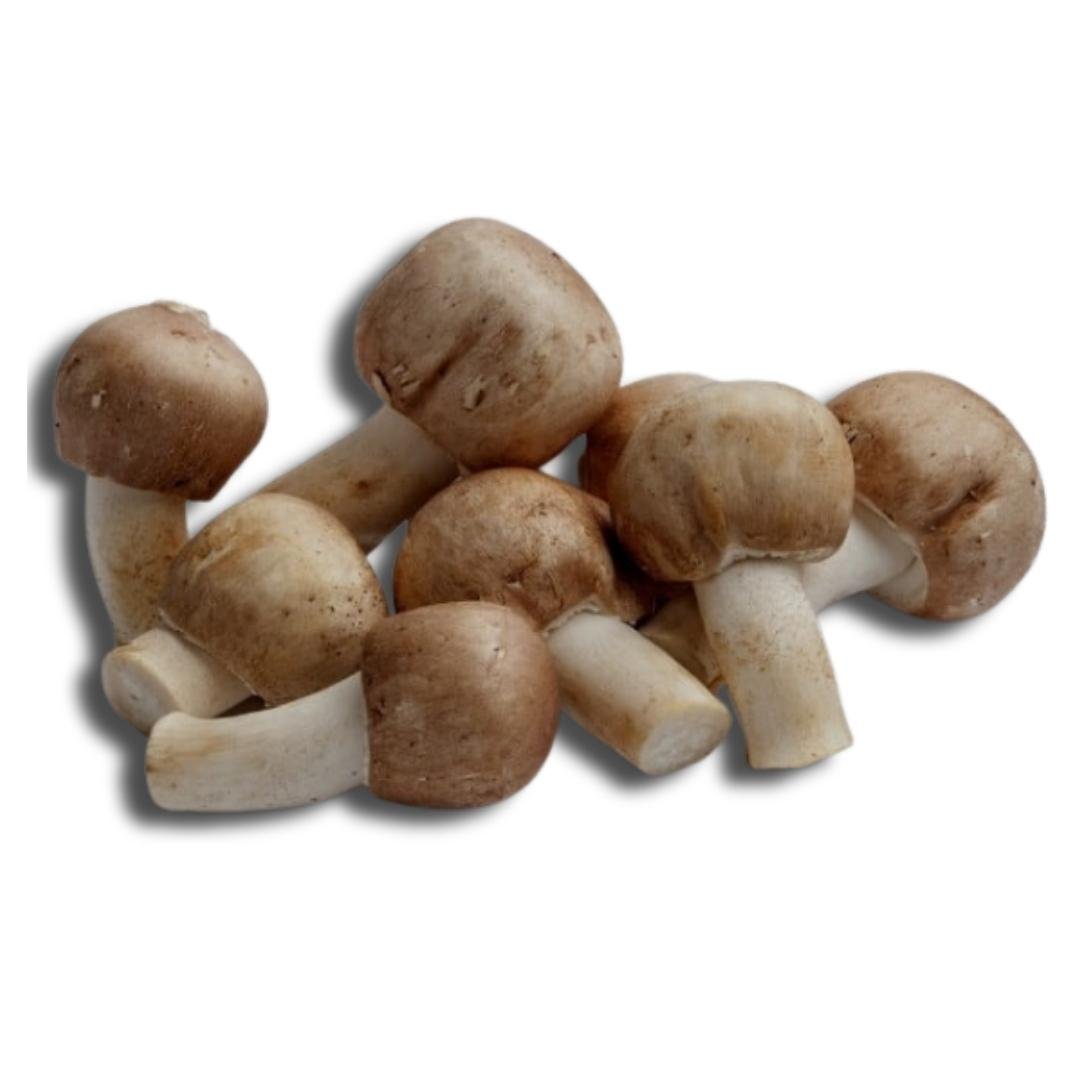
SPORE COLOR:
BROWN to DARK BROWN
A captivating member of the Agaricus family, the Almond Mushroom (Agaricus Subrufescens) stands out not just for its aesthetic appeal but also for its myriad of health benefits. Often described as the bridge between gourmet and medicinal fungi, this species has steadily garnered global attention, symbolizing the beautiful synergy of nature and nutrition.
Description:
The Almond Mushroom is characterized by its medium to large size, with a cap that’s initially convex, later becoming broadly convex to flat. The surface is dry, often adorned with scales and a unique almond aroma that intensifies as it matures. Agaricus Subrufescens features a medium to large cap that is pale, creamy or slightly pinkish, often 8-20 cm in diameter. The cap transforms from convex to broadly convex or nearly flat in maturity. The gills are free from the stem, densely packed, and start out as a bright pink, becoming chocolate brown to blackish brown in maturity. Beneath its cap, closely packed white gills mature to a dark brown as the spores develop. The stem is sturdy and often enlarges towards the base, displaying a ring around the upper part. The flesh is white, thick, and firm, exuding an almond-like aroma when crushed.
Intended Uses:
- ⚕ Medicinal: Known for potential health benefits, including immune system support.
🍽 Edible (Gourmet): Delicious, with a sweet, nutty flavor and almond-like aroma.
🏫 Teaching and Education: Ideal for illustrating fungal lifecycle or mushroom cultivation techniques.
👩🔬 Research: Due to its medicinal properties and wide cultivation.
💓 Breeding: A viable candidate for hybridization due to its robust genetics.
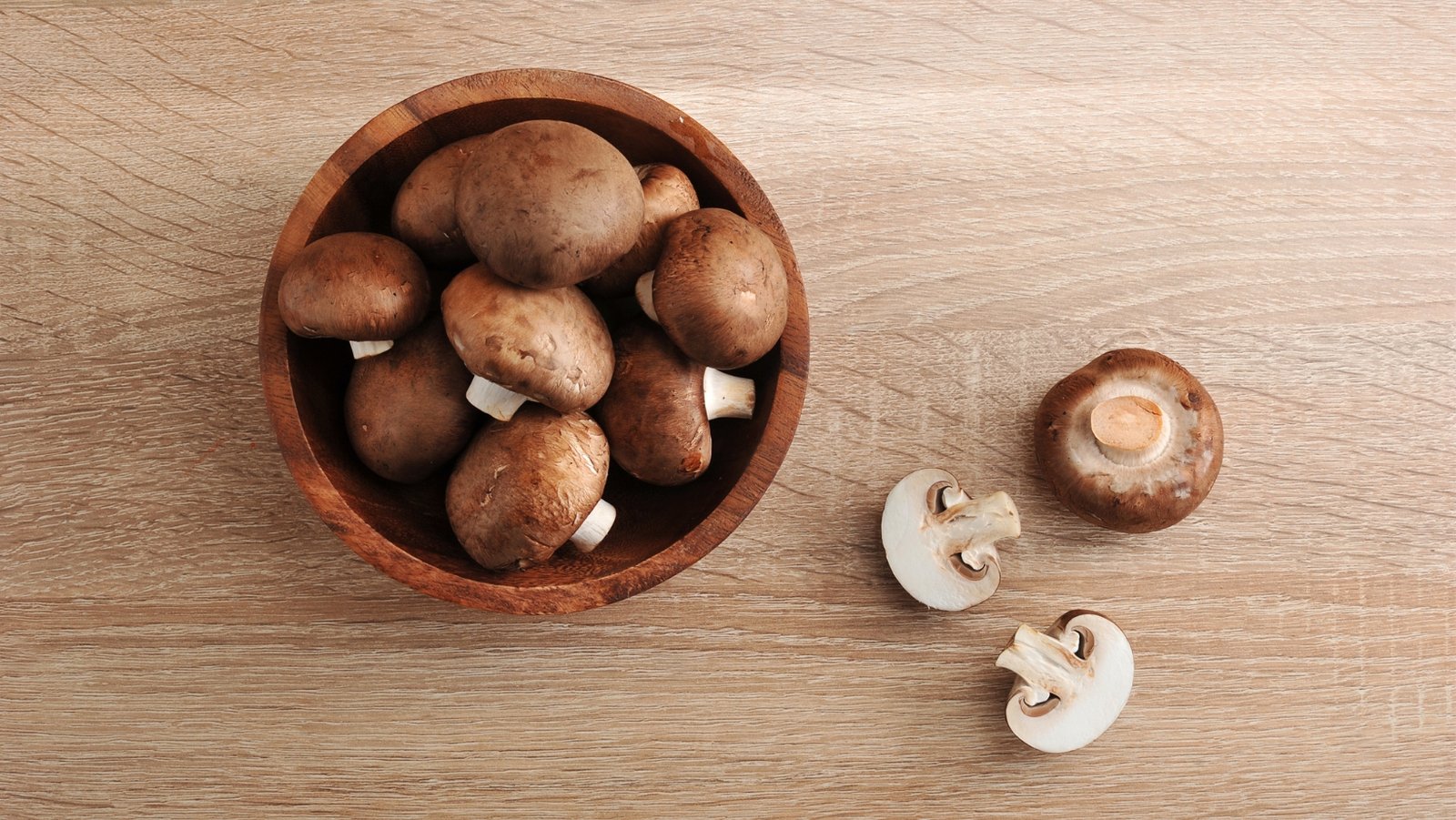
Historical & Cultural Info:
Originally discovered in the northeastern regions of the USA during the late 19th century, Agaricus Subrufescens has a storied history. In native cultures, particularly in Brazil, it’s known as “Cogumelo do Sol” or “Sun Mushroom“. It was introduced to Japan in the early 20th century, where it gained recognition for its purported health benefits and has since become a subject of numerous scientific studies worldwide.
No posts found!
Chemical Composition:
Agaricus Subrufescens is rich in proteins, fibers, vitamins (like B1, B2, and C), and minerals (like potassium and phosphorus). This mushroom primarily consists of polysaccharides, especially beta-glucans, which have been studied extensively for their immune-modulating effects. There’s no known mycotoxicology associated with this mushroom, making it safe for consumption when properly identified and prepared.
Health Benefits:
Research into Agaricus Subrufescens has suggested several health benefits. Its polysaccharides have been linked with stimulating the immune system and inhibiting the growth of certain tumors. It’s also been associated with potential anti-diabetic properties due to certain enzymes. However, these claims require further scientific study for full validation.
Agaricus Subrufescens is hailed for its:
- Immune-boosting properties: Thanks to the presence of beta-glucans, this mushroom may enhance the body’s natural defense mechanisms.
- Antioxidant Effects: Protects cells from oxidative stress and potentially minimizes the risks associated with chronic diseases.
- Support in Diabetes Management: Some studies suggest it may help in modulating blood sugar levels.
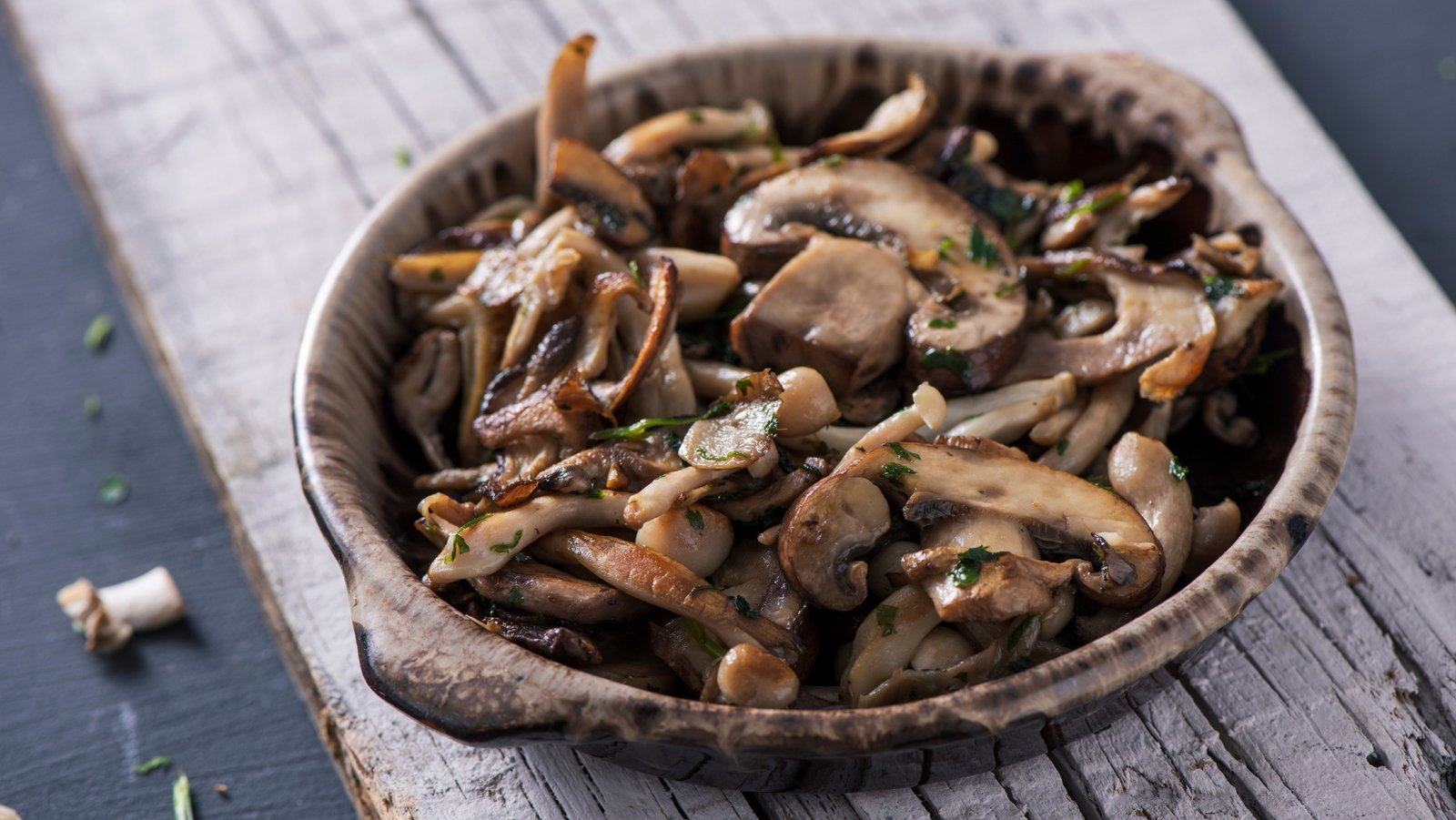
Cautions & Warnings:
While generally considered safe for consumption, some individuals might experience allergic reactions or gastrointestinal discomfort when consuming Agaricus Subrufescens. As with any mushroom, it should be properly cooked before consumption.
Final Considerations…
Agaricus Subrufescens showcases the incredible potential of fungi as both nourishment and medicine. With its rich history, potential health benefits, and delightful flavor profile, it’s a prized possession for any mushroom enthusiast. Head over to the 🍄 Marketplace to explore the myriad offerings related to this fantastic fungus. Act quickly, as with the soaring demand, the stocks are ever-evolving. Dive deep into the vast genetic pool of the 🍄 Mushroom Network, and who knows, you might discover your next fungal favorite!
Don’t forget to check out the 🍄 Mushroom Network’s Marketplace to see what’s available. But hurry, our shelves are constantly evolving, and you wouldn’t want to miss out on this wonderful mushroom. Join our growing network of Patrons, Genetics, and Mycologist Vendors only on the 🍄 Mushroom Network!
No posts found!
No posts found!
Related Articles:
Caesar’s Mushroom (Amanita Caesarea)
SCIENTIFIC NAME: (Amanita Caesarea) COMMON NAME(S): Caesar’s Amanita | Royal Amanita | Orange Amanita |...
Read More...From Coastal America to Global Cultivation: The Journey of Agaricus Subrufescens
Mushrooms have always fascinated humans with their diverse forms, flavors, and medicinal properties. Among the...
Read More...Unlocking the Potential of Agaricus Subrufescens: A Superfood in Your Backyard
Anticipating Almond Aroma: From your backyard to your kitchen, the Agaricus Subrufescens, colloquially known as...
Read More...The Golden Princess: Breeding and Cultivating Agaricus Subrufescens
Welcome to the captivating world of mushroom cultivation, where nature’s treasures unravel in enchanting forms....
Read More...Other Mushroom Species To Research:
Black Reishi (Ganoderma Sinense)
Scientific Name: Ganoderma Sinense COMMON NAME(S): Black Reishi | Black Lingzhi |Black Lucid Ganoderma |...
Read More...Cauliflower Mushroom (Sparassis Crispa)
SCIENTIFIC NAME: (Sparassis Crispa) COMMON NAME(S): Cauliflower Mushroom | Hanabiratake | Western Cauliflower Fungus |...
Read More...Black Trumpet (Craterellus Cinereus)
Greetings, fungal aficionados and nature lovers! Today, we embark on a fascinating exploration of Craterellus...
Read More...Mini-Puffball (Bovista Dermoxantha)
Scientific Name: Bovista Dermoxantha COMMON NAME(S): Mini-Puffball | Small Puffball | Little Puffball Welcome to...
Read More...Other Recommended Reads:
Mushrooms of the Tropics: Spotlight on Blue Meanies
About This Article: 🍄 Dive into the mystical world of Blue Meanies (Panaeolus cyanescens) with...
Read More...🍄 Art and Mycology: The Aesthetics of Fungi 🍄
Mycology, traditionally linked with biology and medicine, finds a fascinating confluence with the world of...
Read More...Black Pearl Oyster (Pleurotus Ostreatus)
Scientific Name: Pleurotus Ostreatus COMMON NAME(S): Black Pearl Oyster | King Blue Oyster | Midnight...
Read More...Mystical Mycelium: Quantum Physics and the Interconnectedness of Fungi
The interconnectedness of fungi through mycelial networks represents one of nature’s most fascinating and complex...
Read More...Whoa there, Spore Sport! 🍄 Looks like you’re not logged in yet. Don’t you know what you’re missing? MYCO-CREDITS! Imagine all the fungal fun you could have. It’s like finding a Morel in May and not picking it. Tragic, right? Log In or Become a Myco-Patron and start racking up those credits. It’s more rewarding than finding a mushroom in your backyard! 🌟🏡
